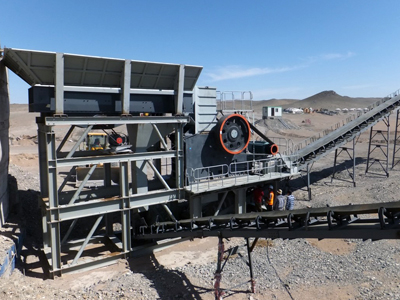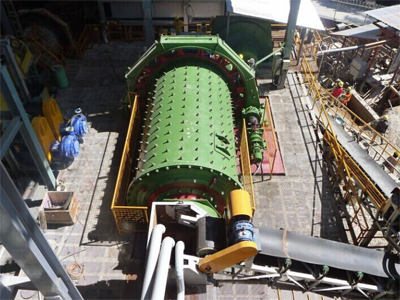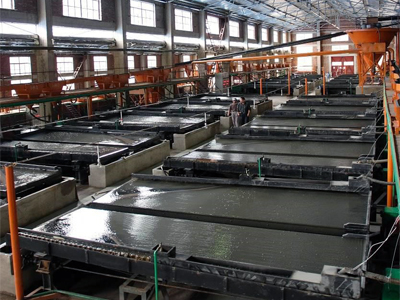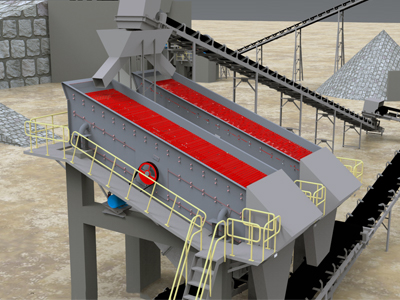-
Address: N0.2555,Xiupu Road, Kangqiao
Industrial Area, Pudong, Shanghai -
Call Us: (+86) 021-51095338
[email protected]
Heavy minerals, such as zircon, rutile, garnet, etc., can be applied to many applications. Zircon can be made to jewelry for decoration, and it is also an important material for casting, ceramic, glass and refractory industry. Zircon can also be smelted to be used in chemical and nuclear industries. Rutile is the material to get metal titanium, and as we all know, titanium is a very critical metal that is used in various high-end industries including semi-conductor, military equipment, aerospace industry, etc. Garnet is always the best natural abrasive material for semi-conductor, optical lens as well as bearing for precise instrument and horologes.
Heavy minerals beneficiation description:
Heavy minerals are presented both in placer material and original rock mine. Normally two or more kinds of heavy minerals intergrowth together, and due to this characteristic, the processing plant would require multi beneficiation methods. Based on the heavy minerals processing experience and necessary processing test, Prominer can supply complete processing plant combined with various processing technologies, such as gravity separation, magnetic separation, flotation, electric separation, etc., to recover all kinds of heavy minerals and separate them as independent concentrates.
For rock type ore, the primary processing is crushing and grinding to a suitable size that the minerals are liberated from veins and then the liberated material goes for separation stage. For placer mine, normally it needs to be sieved first to take out all big size veins and then goes for separation. Also, after analyzing if the liberation size is fine, then grinding will also be required.
Placer sand processing technology


Typical placer sand processing solution
Rougher gravity concentration: To obtain mixed rougher heavy minerals concentrates by using spiral chutes
Rougher middling gravity concentration: Also use spiral chutes to make higher grade heavy mineral concentrates
Cleaner gravity separation: Recover Tin ore concentrates first
LIMS magnetic separation: Recover magnetite ore from the rest heavy minerals
HIMS separation: Recover garnet, hematite, ilmenite and chromite step by step by using different magnetic field intensity
HV electrical conductor separation: Make mixed non conductor mineral zircon, monazite and xenotime and conductor mineral zircon and metallic mineral.
Non conductor separation: By using HIMS magnetic separation to get monazite concentrate
By using flotation to separate non-mag minerals Zircon and xenotime
Conductor mineral: By using the HIMS magnetic separation to make rutile concentrate which is non-mag mineral
The rest mag minerals are mixing heavy minerals like ilmenite, chromite or hematite.
Due to the variety of minerals contained in placer sand, the placer sand with gold has been described in page 10 the gold solution section already. So it will not be repeated. Here we only introduce the processing technology of common heavy minerals such as tin ore, zirconium sand, rutile, garnet, monazite, xenotime, magnetite, hematite, ilmenite and chromite as following:

Gravity separation:
Gravity separation is commonly used to separate those heavy minerals from low-density minerals, such as quartz, feldspar, mica, amphibole, pyroxene, etc. After gravity separation the concentrate contains those heavy minerals and some other impurity minerals.
Flotation:
Flotation is used to separate the target minerals from others like quartz, sericite, tungstite, sillimanite, etc.
Magnetic separation:
Magnetic separation is mainly used for separating magnetic mineral, such as magnetite, ilmenite, etc. For example, zircon has no magnetoconductivity, so through magnetic separation zircon can be separated from other heavy minerals. Also, for different heavy minerals, the magnetoconductivity are not the same. Based on this characteristic, heavy minerals can be separated from each other.
Electric separation:
Sometimes heavy minerals are not easy to be separated by common processing technologies, then electrical separation may be another choice. It takes advantages of the electrical conductivity differences of different heavy minerals, for example, rutile can be easily recovered by electric separation.










